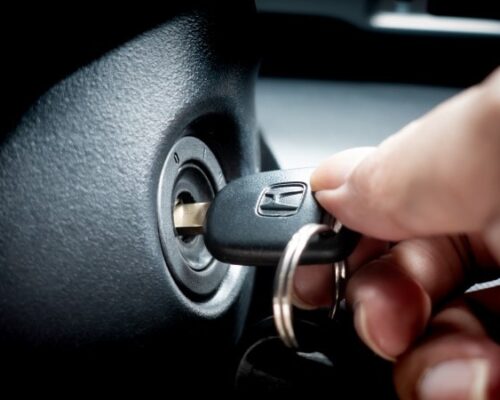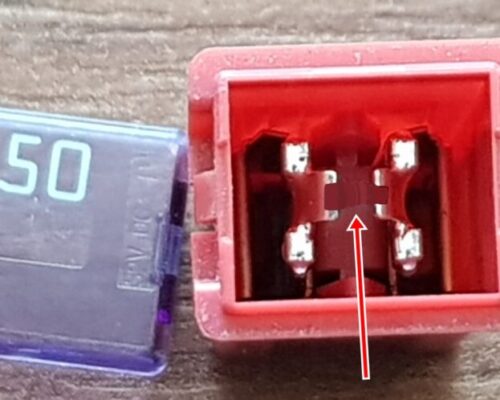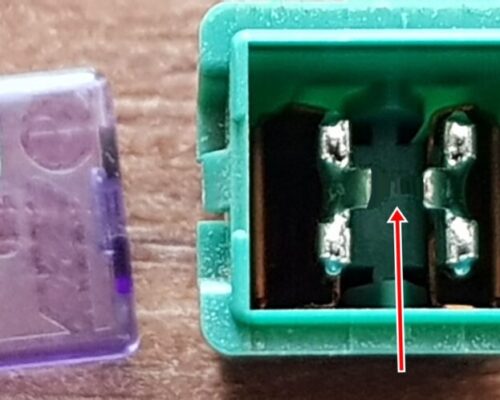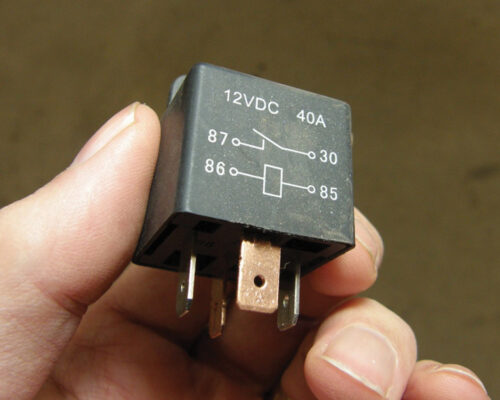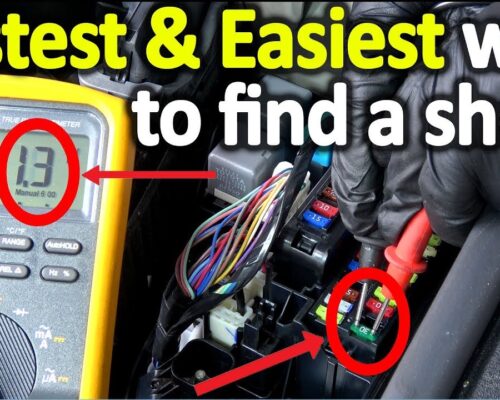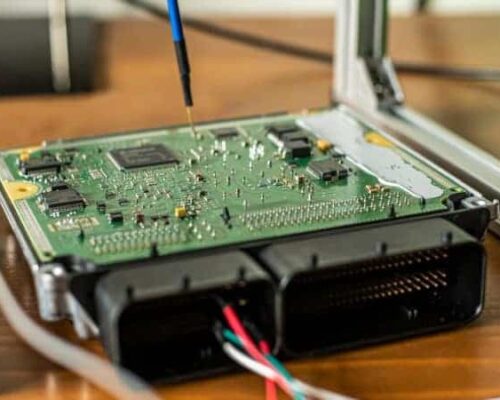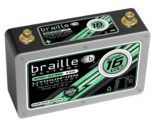
How Long Can You Drive With Check Engine Light On?
Check engine light came on in your car? Wondering how long you can keep driving it until you get the problem fixed? Unfortunately, there is no definitive answer.
It depends on the problem and how severe it is. If the check engine light is accompanied by other warning lights or symptoms, such as a loss of power, then it’s best to get your car towed to a nearby service station and have it checked out as soon as possible. However, if the check engine light is the only thing illuminated on your dash and there are no other concerning symptoms, then you may be able to keep driving for a little while longer.
If your “Check Engine” light is on, it means your vehicle’s onboard computer has detected an issue within the powertrain. Depending on the problem, it may be something as simple as a loose gas cap or a faulty sensor. However, it could also be something more serious like a cylinder misfire or a catalytic converter failure.
So, how long can you drive with the check engine light on? That depends. If the problem is small and not impacting the performance of your vehicle, you may be able to continue driving for quite some time.
However, if the problem is more serious, it’s best to get it checked out by a mechanic as soon as possible. Continuing to drive with a major issue can cause further damage to your vehicle and may even put you in danger if the problem affects things like your brakes or steering.
If you’re not sure what’s causing your check engine light to come on, try using an OBD-II code reader to get more information about the error code that’s being generated.
This will at least give you a better idea of what needs to be fixed so you can make an informed decision about whether or not to keep driving.
Can You Drive With the Check Engine Light On?
Is It Safe to Drive a Car With Check Engine Light On?
No, it is not safe to drive a car with the check engine light on. The check engine light indicates that there is a problem with the vehicle’s emissions control system. This could be a simple problem, such as a loose gas cap, or it could be something more serious, such as a faulty catalytic converter.
If the problem is not fixed, it could cause damage to the engine or even make the vehicle unsafe to drive.
When Should I Be Worried About Check Engine Light?
If your check engine light is on, there’s a good chance that your vehicle has a problem. The light could be indicating a serious issue, or it could be something as simple as a loose gas cap. Either way, you should take your car to a mechanic and have it checked out as soon as possible.
There are certain situations when you should be particularly worried about the check engine light. For example, if the light is accompanied by strange noises or smells, this could indicate that your engine is overheating. If you see smoke coming from under the hood, this is also cause for concern.
Generally speaking, any time the check engine light comes on, you should take your car in to be looked at. Ignoring the problem could lead to more serious issues down the road. So play it safe and get your car checked out as soon as possible!

Credit: www.youtube.com
Can You Drive Long Distance With Check Engine Light on
If your car’s check engine light is on, you may be wondering if it’s safe to drive long distance. The answer isn’t always cut and dry, as there are a few factors to consider.
One thing to keep in mind is what caused the check engine light to come on in the first place.
If it’s something minor, like a loose gas cap, then it’s probably safe to drive long distance. However, if the cause is something more serious, like an engine misfire, then driving long distance could do further damage to your car.
Another factor to consider is how well your car is running overall.
If the check engine light is the only thing wrong and your car seems to be running fine otherwise, then it should be okay to drive long distance. But if your car is having other issues too, then it’s best to get it checked out before going on a long trip.
Ultimately, whether or not you can drive long distance with a check engine light depends on a few different things.
If you’re unsure about what caused the light to come on or how well your car is running in general, it’s best to play it safe and get it looked at by a mechanic before hitting the road.
Is It Safe to Drive With Check Engine Light on
If your car’s check engine light is on, it’s best to take it to a mechanic to have it checked out. The light could be indicating a serious problem with your vehicle that could cause damage if you continue to drive. It’s better to be safe than sorry, so play it safe and get your car checked out as soon as possible.
Can Hot Weather Cause Check Engine Light to Come on
If you live in a hot climate, you may have noticed that your check engine light comes on more often when the weather is warm. There are a few reasons why this can happen, and it’s important to be aware of them so you can keep your car running smoothly.
One reason hot weather can cause your check engine light to come on is because the heat can cause your engine to overheat.
This is especially true if you’re driving in stop-and-go traffic or if your car doesn’t have good airflow through the engine compartment. If your engine gets too hot, it can damage the pistons and other parts of the engine. To prevent this from happening, make sure you keep an eye on the temperature gauge on your dash and pull over if it starts to get too high.
Another reason hot weather can trigger your check engine light is because the heat can cause sensors in your emissions system to fail. These sensors are responsible for monitoring how much pollution your car is creating, and they need to be working properly in order for your car to pass an emissions test. If a sensor fails, it will usually set off the check engine light.
You’ll need to take your car into a mechanic so they can diagnose the problem and replace the failed sensor.
Finally, hot weather can also affect the way your car’s computer interprets data from various sensors. The computer uses this data to determine things like fuel mixture and ignition timing, and if there are any discrepancies, it will usually set off the check engine light.
If you live in a very hot climate, it’s a good idea to have your mechanic recalibrate your computer periodically so it stays accurate.
If you notice that your check engine light comes on more often when it’s hot outside, don’t panic! It’s likely due to one of these three issues, all of which are relatively easy to fix.
Just make sure you stay on top of maintenance for your car and take it into a mechanic right away if you suspect any problems.
What to Do When Check Engine Light Comes on
If your check engine light comes on, there are a few things you can do to determine the cause. The first thing you should do is check your gas cap. A loose or damaged gas cap can cause the check engine light to come on.
If the gas cap is tight and in good condition, the next step is to check the engine oil level and quality. Low oil levels or dirty oil can trigger the check engine light.
If those two items check out, the next step is to hook up a code reader to the vehicle’s computer system to see what error codes are being generated.
This will help narrow down the potential causes of the problem. Once you have a general idea of what might be causing the issue, you can take steps to fix it or have it repaired by a professional mechanic.
How Long Can You Drive With Check Engine Light on Reddit
If you’re driving with the check engine light on, it’s important to be aware of how long you can continue before doing serious damage to your vehicle. Depending on the reason the light is on, you may have a little leeway or none at all.
If your check engine light is due to a loose gas cap, for example, you can probably keep driving until it’s convenient for you to stop and tighten the cap.
However, if the problem is with your catalytic converter, continuing to drive could cause irreparable damage.
If you’re unsure why your check engine light is on, it’s best to err on the side of caution and get it checked out as soon as possible. A reputable mechanic will be able to diagnose the problem and let you know if it’s something that can wait or needs immediate attention.
How Long Can You Drive With Petrol Light on
If you’re driving with your petrol light on, it’s important to know how long you can go before running out of fuel. Depending on your vehicle and driving habits, you may be able to drive for miles or only a few minutes after the light comes on.
It’s always best to fill up your tank as soon as possible after the petrol light comes on, but if you’re in a bind and need to know how much further you can make it, there are a few things to keep in mind.
First, the amount of fuel remaining in your tank when the light comes on will affect how long you can drive. If you have a full tank and the light comes on at the very end, you’ll be able to drive for much longer than if it came on when there was only half a tank left. Second, your driving habits will also play a role.
If you’re driving erratically or going very fast, you’ll use up fuel quicker than if you’re just puttering along. Finally, the type of vehicle you’re driving will also make a difference. A small car will obviously get better mileage than a large SUV.
So how long can YOU drive with your petrol light on? It really depends on all of these factors – but generally speaking, most people could probably get anywhere from 30 minutes to an hour before they run out of gas completely. So if you see that pesky little light come on while driving, don’t panic – but do try to find a gas station as soon as possible!
My Check Engine Light Has Been on for Years
If your check engine light has been on for years, it’s likely that the problem isn’t with the engine itself. Most likely, the issue is with one of the sensors that monitors engine performance. These sensors are located throughout the vehicle, and they send information to the computer that controls the engine.
If one of these sensors is not working properly, it can trigger the check engine light.
There are a few things you can do to try to diagnose the problem yourself. First, check all of the fuses in your vehicle to make sure they’re all intact.
Next, look for any loose wires that might be causing a problem. Finally, take your car to a mechanic or dealership and have them run a diagnostic test. This will help pinpoint which sensor is causing the problem.
Once you know which sensor is malfunctioning, you can either replace it yourself or take your car to a mechanic to have it fixed. Keep in mind that if your check engine light has been on for years, there could be other issues with your car as well. It’s always best to consult with a professional before attempting any repairs yourself.
Check Engine Light Came on While Driving
If you’re driving and your check engine light comes on, it can be pretty alarming. But don’t panic! In most cases, it’s not a sign that something is seriously wrong with your car.
Here’s what you need to know if your check engine light comes on while you’re driving:
First, understand that the check engine light is designed to come on when there’s a problem with your car’s emissions control system. So, it’s not necessarily an indication that something is wrong with the engine itself.
That said, if the light does come on while you’re driving, it’s worth pulling over and checking for any obvious problems (like a loose gas cap). If everything looks okay under the hood, then it’s probably safe to continue driving. However, you should still get the problem checked out by a mechanic as soon as possible just to be safe.
In short, don’t freak out if your check engine light comes on while driving. It’s usually not a sign of a serious problem. But do take note of any other strange behaviors or symptoms your car is exhibiting and have them checked out by a professional ASAP.
Conclusion
The check engine light is a warning that something is wrong with your car. It could be a simple problem, like a loose gas cap, or it could be something more serious, like a faulty oxygen sensor. If the light comes on, you should take your car to a mechanic and have it checked out.
Most mechanics will charge a diagnostic fee to figure out what’s wrong with your car. Once they know what the problem is, they can fix it and turn off the check engine light.


